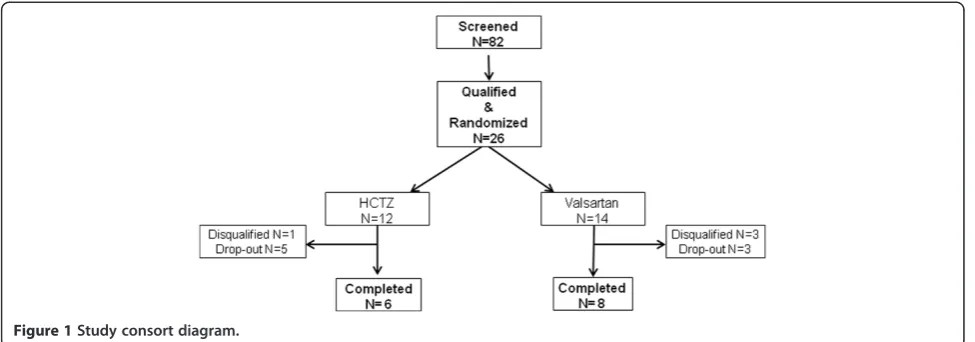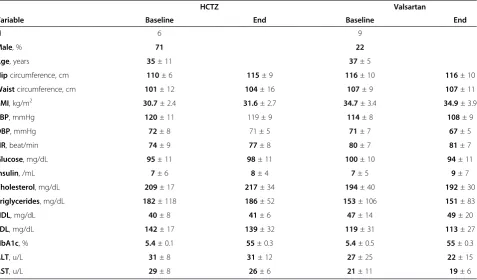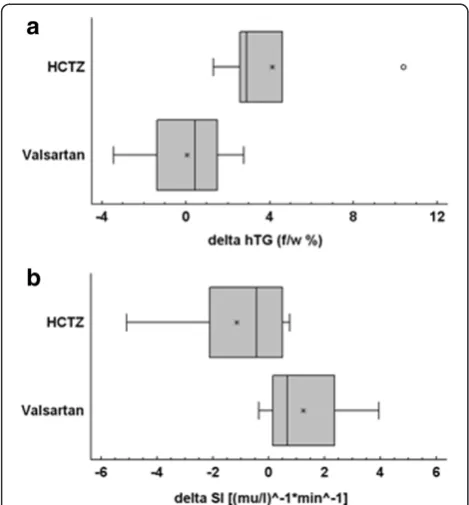The metabolic cost of lowering blood pressure with hydrochlorothiazide
Full text
Figure




Related documents
Here, the safety and possible benefits of the nonselective β -blocker/vasodilator carvedilol were evaluated in a 6-month double-blind, placebo-controlled, randomized trial in
Combination angiotensin-receptor blocker (ARB)/calcium channel blocker with HCTZ vs the maximal recommended dose of an ARB with HCTZ in patients with stage 2 hypertension:
Inclusion criteria were as follows: randomized-controlled studies, with a single or double-blind design, in Japanese and non-HT (SBP lower than 140 mm Hg and diastolic blood pressure
In vivo with high-dose mANP (33 pmol/kg/min), we observed significantly greater plasma cGMP activation, diuretic, natri- uretic, glomerular filtration rate
The meta-analysis, based on evidence from 34 randomized double-blind placebo-controlled trials, showed a significant antihypertensive effect of Mg supplementation on both systolic and
The lifestyle modification trial is a multi‑center, double‑blind, randomized, controlled trial, designed to evaluate the effectiveness of a 4 week lifestyle intervention
Finally, we selected nine articles, which had our inclusion criteria (randomized, double‑blind, placebo‑controlled clinical trials which investigated the effect of lipoic acid
We investigated the effects of telmisartan, the blocker of angiotensin II receptor 1, on the regulation of systolic blood pressure (SBP) and oxidative stress through